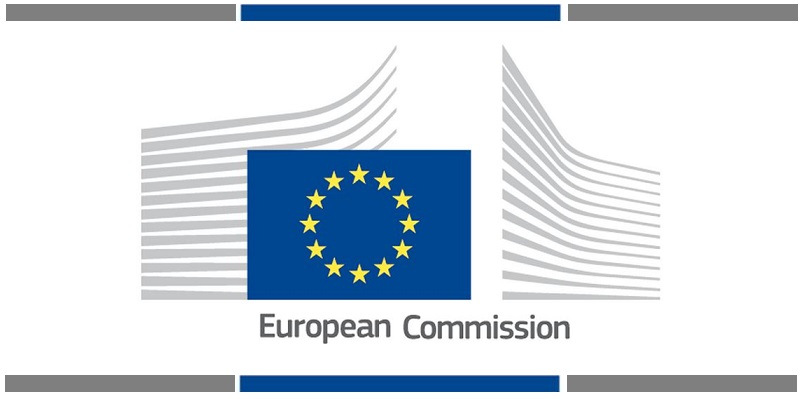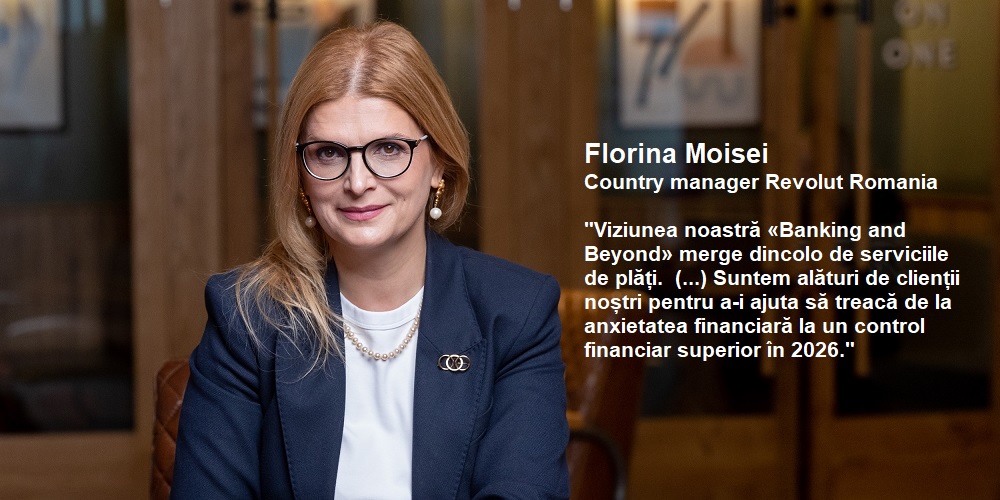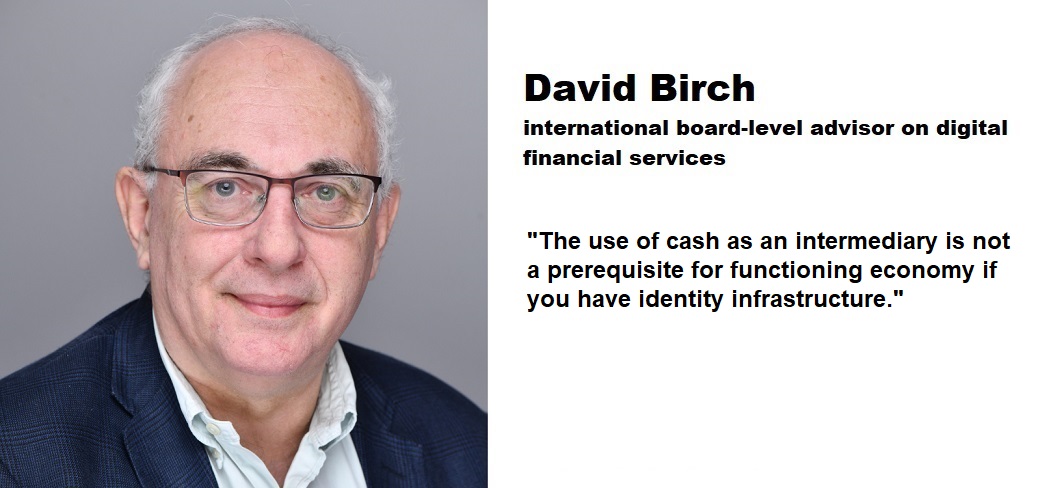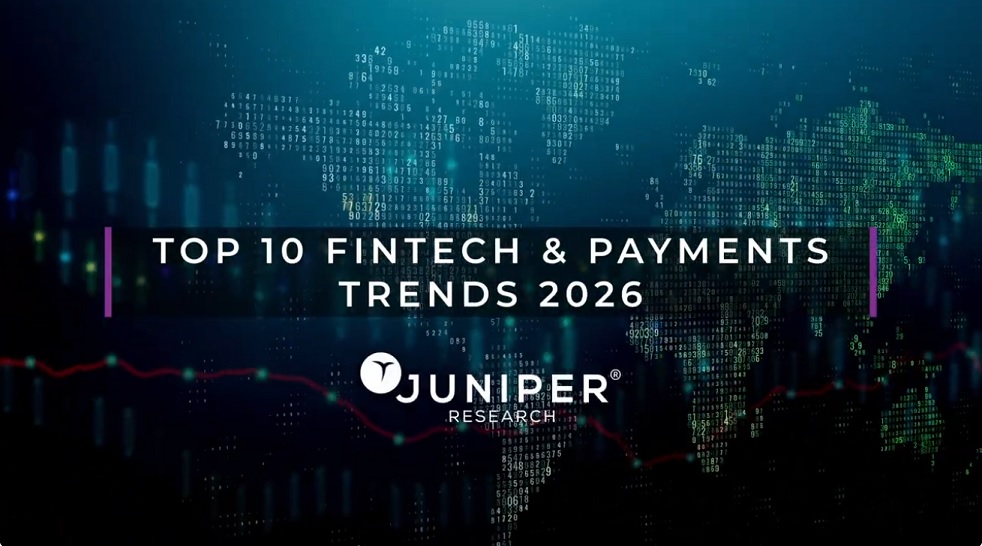New EU Cybersecurity Strategy and new rules to make physical and digital critical entities more resilient

Large energy, transport and financial companies as well as digital providers and makers of medical and computer devices could be fined up to 2% of their global turnover for breaching EU cybersecurity rules under a European Commission proposal, according to Reuters.
“Fines for these entities, which are essential and important entities, if these are…repeated actions (in) not fulfilling requirements, (range) from 10 million euros ($12.2 million) to 2% of global revenue,” EU Internal Market Commissioner Thierry Breton told a news conference.
“In a case where a company continues not to fulfil its obligations, in this category, we can go up to suspension of authorisation. That is the last resort. We may also have temporary bans against any persons discharging managerial responsibility,” he said.
____________________
Today, the Commission and the High Representative of the Union for Foreign Affairs and Security Policy are presenting a new EU Cybersecurity Strategy. As a key component of Shaping Europe’s Digital Future, the Recovery Plan for Europe and the EU Security Union Strategy, the Strategy will bolster Europe’s collective resilience against cyber threats and help to ensure that all citizens and businesses can fully benefit from trustworthy and reliable services and digital tools.
„Whether it is the connected devices, the electricity grid, or the banks, planes, public administrations and hospitals Europeans use or frequent, they deserve to do so with the assurance that they will be shielded from cyber threats,” according to the press release.
The new Cybersecurity Strategy also allows the EU to step up leadership on international norms and standards in cyberspace, and to strengthen cooperation with partners around the world to promote a global, open, stable and secure cyberspace, grounded in the rule of law, human rights, fundamental freedoms and democratic values.
Furthermore, the Commission is making proposals to address both cyber and physical resilience of critical entities and networks: a Directive on measures for high common level of cybersecurity across the Union (revised NIS Directive or ‘NIS 2′), and a new Directive on the resilience of critical entities. They cover a wide range of sectors and aim to address current and future online and offline risks, from cyberattacks to crime or natural disasters, in a coherent and complementary way.
Trust and security at the heart of the EU Digital Decade
The new Cybersecurity Strategy aims to safeguard a global and open Internet, while at the same time offering safeguards, not only to ensure security but also to protect European values and the fundamental rights of everyone. Building upon the achievements of the past months and years, it contains concrete proposals for regulatory, investment and policy initiatives, in three areas of EU action:
- Resilience, technological sovereignty and leadership
Under this strand of action the Commission proposes to reform the rules on the security of network and information systems, under a Directive on measures for high common level of cybersecurity across the Union (revised NIS Directive or ‘NIS 2′), in order to increase the level of cyber resilience of critical public and private sectors: hospitals, energy grids, railways, but also data centres, public administrations, research labs and manufacturing of critical medical devices and medicines, as well as other critical infrastructure and services, must remain impermeable, in an increasingly fast-moving and complex threat environment.
The Commission also proposes to launch a network of Security Operations Centres across the EU, powered by artificial intelligence (AI), which will constitute a real ‘cybersecurity shield’ for the EU, able to detect signs of a cyberattack early enough and to enable proactive action, before damage occurs. Additional measures will include dedicated support to small and medium-sized businesses (SMEs), under the Digital Innovation Hubs, as well as increased efforts to upskill the workforce, attract and retain the best cybersecurity talent and invest in research and innovation that is open, competitive and based on excellence.
- Building operational capacity to prevent, deter and respond
The Commission is preparing, through a progressive and inclusive process with the Member States, a new Joint Cyber Unit, to strengthen cooperation between EU bodies and Member State authorities responsible for preventing, deterring and responding to cyber-attacks, including civilian, law enforcement, diplomatic and cyber defence communities. The High Representative puts forward proposals to strengthen the EU Cyber Diplomacy Toolbox to prevent, discourage, deter and respond effectively against malicious cyber activities, notably those affecting our critical infrastructure, supply chains, democratic institutions and processes. The EU will also aim to further enhance cyber defence cooperation and develop state-of-the-art cyber defence capabilities, building on the work of the European Defence Agency and encouraging Member States to make full use of the Permanent Structured Cooperation and the European Defence Fund.
- Advancing a global and open cyberspace through increased cooperation
The EU will step up work with international partners to strengthen the rules-based global order, promote international security and stability in cyberspace, and protect human rights and fundamental freedoms online. It will advance international norms and standards that reflect these EU core values, by working with its international partners in the United Nations and other relevant fora. The EU will further strengthen its EU Cyber Diplomacy Toolbox, and increase cyber capacity-building efforts to third countries by developing an EU External Cyber Capacity Building Agenda. Cyber dialogues with third countries, regional and international organisations as well as the multi-stakeholder community will be intensified. The EU will also form an EU Cyber Diplomacy Network around the world to promote its vision of cyberspace.
The EU is committed to supporting the new Cybersecurity Strategy with an unprecedented level of investment in the EU’s digital transition over the next seven years, through the next long-term EU budget, notably the Digital Europe Programme and Horizon Europe, as well as the Recovery Plan for Europe. Member States are thus encouraged to make full use of the EU Recovery and Resilience Facility to boost cybersecurity and match EU-level investment. The objective is to reach up to €4.5 billion of combined investment from the EU, the Member States and the industry, notably under the Cybersecurity Competence Centre and Network of Coordination Centres, and to ensure that a major portion gets to SMEs.
The Commission also aims at reinforcing the EU’s industrial and technological capacities in cybersecurity, including through projects supported jointly by EU and national budgets. The EU has the unique opportunity to pool its assets to enhance its strategic autonomy and propel its leadership in cybersecurity across the digital supply chain (including data and cloud, next generation processor technologies, ultra-secure connectivity and 6G networks), in line with its values and priorities.
Cyber and physical resilience of network, information systems and critical entities
Existing EU-level measures aimed at protecting key services and infrastructures from both cyber and physical risks need to be updated. Cybersecurity risks continue to evolve with growing digitalisation and interconnectedness. Physical risks have also become more complex since the adoption of the 2008 EU rules on critical infrastructure, which currently only cover the energy and transport sectors. The revisions aim at updating the rules following the logic of the EU’s Security Union strategy, overcoming the false dichotomy between online and offline and breaking down the silo approach.
To respond to the growing threats due to digitalisation and interconnectedness, the proposed Directive on measures for high common level of cybersecurity across the Union (revised NIS Directive or ‘NIS 2′) will cover medium and large entities from more sectors based on their criticality for the economy and society. NIS 2 strengthens security requirements imposed on the companies, addresses security of supply chains and supplier relationships, streamlines reporting obligations, introduces more stringent supervisory measures for national authorities, stricter enforcement requirements and aims at harmonising sanctions regimes across Member States. The NIS 2 proposal will help increase information sharing and cooperation on cyber crisis management at national and EU level.
The proposed Critical Entities Resilience (CER) Directive expands both the scope and depth of the 2008 European Critical Infrastructure directive. Ten sectors are now covered: energy, transport, banking, financial market infrastructures, health, drinking water, waste water, digital infrastructure, public administration and space. Under the proposed directive, Member States would each adopt a national strategy for ensuring the resilience of critical entities and carry out regular risk assessments. These assessments would also help identify a smaller subset of critical entities that would be subject to obligations intended to enhance their resilience in the face of non-cyber risks, including entity-level risk assessments, taking technical and organisational measures, and incident notification. The Commission, in turn, would provide complementary support to Member States and critical entities, for instance by developing a Union-level overview of cross-border and cross-sectoral risks, best practice, methodologies, cross-border training activities and exercises to test the resilience of critical entities.
Securing the next generation of networks: 5G and beyond
Under the new Cybersecurity Strategy, Member States, with the support of the Commission and ENISA – the European Cybersecurity Agency, are encouraged to complete the implementation of the EU 5G Toolbox, a comprehensive and objective risk-based approach for the security of 5G and future generations of networks.
According to a report published today, on the impact of the Commission Recommendation on the Cybersecurity of 5G networks and the progress in implementing the EU toolbox of mitigating measures, since the progress report of July 2020, most Member States are already well on track of implementing the recommended measures. They should now aim to complete their implementation by the second quarter of 2021 and ensure that identified risks are adequately mitigated, in a coordinated way, particularly with a view to minimising the exposure to high-risk suppliers and avoiding dependency on these suppliers. The Commission also sets out today key objectives and actions aimed at continuing the coordinated work at EU-level.
Members of the College said:
Margrethe Vestager, Executive Vice-President for a Europe Fit for the Digital Age, said: „Europe is committed to the digital transformation of our society and economy. So we need to support it with unprecedented levels of investment. The digital transformation is accelerating, but can only succeed if people and businesses can trust that the connected products and services – on which they rely – are secure.”
Josep Borrell, High Representative, said: „International security and stability depends more than ever on a global, open, stable and secure cyberspace where the rule of law, human rights, freedoms and democracy are respected. With today’s strategy the EU is stepping up to protect its governments, citizens and businesses from global cyber threats, and to provide leadership in cyberspace, making sure everybody can reap the benefits of the Internet and the use of technologies.”
Margaritis Schinas, Vice-President for Promoting our European Way of Life, said: „Cybersecurity is a central part of the Security Union. There is no longer a distinction between online and offline threats. Digital and physical are now inextricably intertwined. Today’s set of measures show that the EU is ready to use all of its resources and expertise to prepare for and respond to physical and cyber threats with the same level of determination.”
Thierry Breton, Commissioner for the Internal Market said: „Cyber threats evolve fast, they are increasingly complex and adaptable. To make sure our citizens and infrastructures are protected, we need to think several steps ahead, Europe’s resilient and autonomous Cybersecurity Shield will mean we can utilise our expertise and knowledge to detect and react faster, limit potential damages and increase our resilience. Investing in cybersecurity means investing in the healthy future of our online environments and in our strategic autonomy.”
Ylva Johansson, Commissioner for Home Affairs, said: „Our hospitals, waste water systems or transport infrastructure are only as strong as their weakest links; disruptions in one part of the Union risk affecting the provision of essential services elsewhere. To ensure the smooth functioning of the internal market and the livelihoods of those living in Europe, our key infrastructure must be resilient against risks such as natural disasters, terrorist attacks, accidents and pandemics like the one we are experiencing today. My proposal on critical infrastructure does just that.”
Next Steps
The European Commission and the High Representative are committed to implementing the new Cybersecurity Strategy in the coming months. They will regularly report on the progress made and keep the European Parliament, the Council of the European Union, and stakeholders fully informed and engaged in all relevant actions.
It is now for the European Parliament and the Council to examine and adopt the proposed NIS 2 Directive and the Critical Entities Resilience Directive. Once the proposals are agreed and consequently adopted, Member States would then have to transpose them within 18 months of their entry into force.
The Commission will periodically review the NIS 2 Directive and the Critical Entities Resilience Directive and report on their functioning.
Dariusz Mazurkiewicz – CEO at BLIK Polish Payment Standard
Banking 4.0 – „how was the experience for you”
„To be honest I think that Sinaia, your conference, is much better then Davos.”
Many more interesting quotes in the video below:












